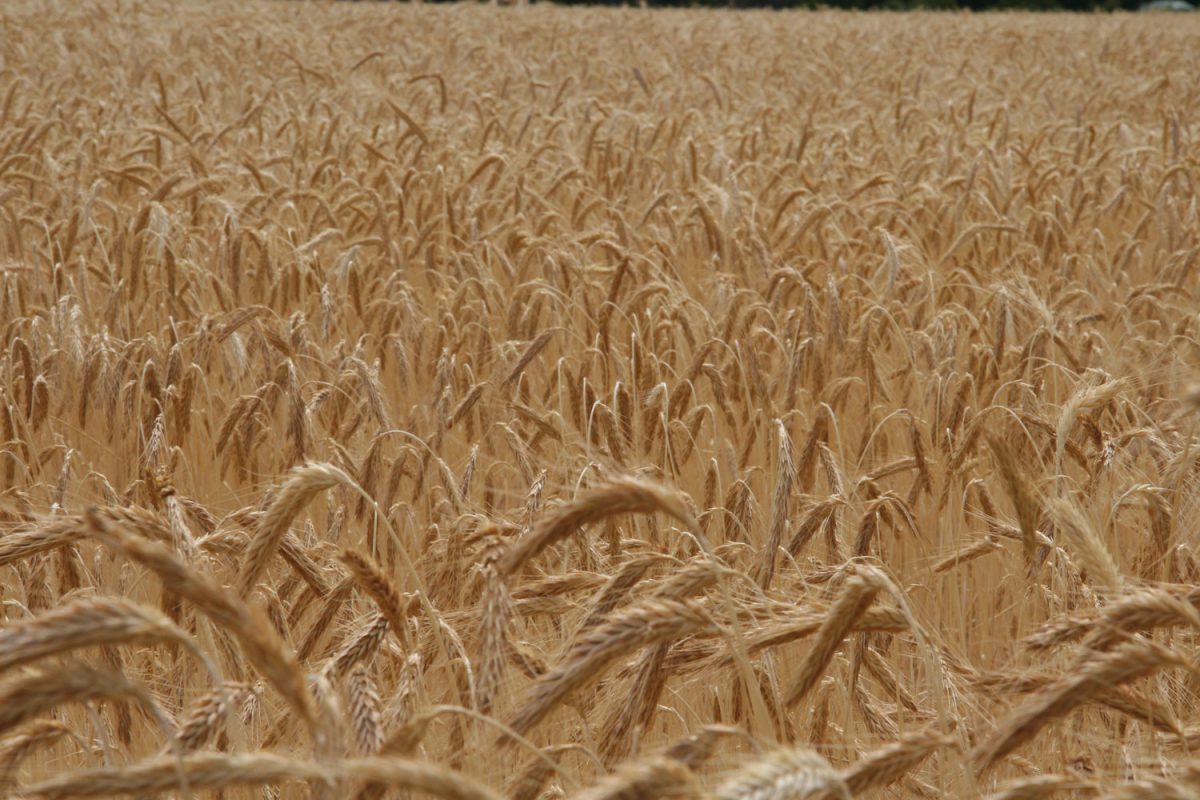Plant & Food Research scientists say the notion that Australia has New Zealand beat in growing quality wheat is a myth.
It’s a belief which explains why so many of this country’s commercial bakers use Aussie flour rather than the home-grown product. But “it turns out the opposite is true”, says Antonia Miller, a business manager at the Crown Research Institute.
New Zealand has been breeding wheat since the 1920s and, Antonia Miller says, the Plant & Food Research breeding programme which has run since the 1990s makes New Zealand’s milling wheat every bit as good, if not better, than the grain grown in Australia.
“We are constantly striving to breed new varieties with characteristics that make it more sustainable to grow, she says in an article published in the New Zealand Herald which has been reproduced today on the Plant & Food Research website.
“We’re also looking at traits that make it potentially healthier to eat, reducing the components that give some people gut grief.”
Ivan Lawrie, GM Business Operations of the Foundation for Arable Research (FAR), an applied research organisation for New Zealand growers, agrees.
“Over the last two to three decades huge progress has been made in developing and improving the quality of New Zealand wheat.”
He says recent FAR-commissioned research comparing flour made exclusively from Australian wheat to that made using leading Kiwi varieties showed that New Zealand wheat was as good or better in every category.
“It also showed that on a per tonne basis, our environmental footprint stacked up favourably with anything imported.”
While New Zealand grows close to 400,000 tonnes of wheat a year, only 100,000 tonnes are used in milling, the rest going as feed wheat for stock. Up to 70 per cent used in flour production is imported, mostly from Australia (in 2021 this amounted to 230,000 tonnes).
So why, given its quality, doesn’t flour made from New Zealand wheat dominate the local market?
Antonia Miller says logistics can partly be blamed. Wheat is primarily grown in the South Island but the mills are located near the bigger urban centres – with many in the North Island – so it has been easier for northern commercial bakers to import from across the Tasman.
But she says it is hoped that the Plant & Food Research breeding programme – being conducted with its commercial partner Luisetti Seeds – will eventually make the case to use local too powerful to resist, an argument won long ago in parts of the country.
“In the South Island our varieties dominate the premium market of high-grade flour used for baking,” she says.
“The beauty of having a New Zealand programme is that we can breed for New Zealand conditions; for instance, diseases we face here can be a bit different to those offshore.”
Ivan Lawrie says the fact that the programme breeds for resistance to pests and diseases is incredibly important because the aim, as an arable industry, is to go down a pathway of reducing the use of pesticides and chemicals.
He is also bullish about the future of New Zealand wheat, both because of efforts to increase the capacity to grow milling wheat closer to the North Island mills and tackling the challenge of farmers finding it more profitable to grow feed crops.
“If we can get more New Zealand farmers to grow cereal crops, in particular milling wheat, then that can help mitigate some of their environmental footprint as well.”
Plant & Food Research wheat breeder, Jamie Macalister, says the programme’s work traverses the whole value chain.
“One of the things we focus on is improving agronomic traits that are valuable to growers.
“The big one is yield. If we can develop a new variety that yields more than existing varieties then that is going to be attractive to growers. We also do a lot of testing to identify lines that bake or mill better.”
Jamie Macalister says the other ‘watch-this-space’ project – which is part of his PhD – is developing cultivars with consumers in mind, for example cultivars for gluten intolerance (something FAR is also involved with).
“We can identify parts of the gluten responsible for triggering symptoms of intolerance and reduce or eliminate some of them,” he says.
“There would still be functional gluten, which is important for baking bread, but at the same time we are getting rid of the components (epitopes) that people have trouble digesting.
“The next step is to quantify how many of them we need to eliminate, or what level we need to reduce them to, in order to have a measurable impact on health.”
Antonia says another reason for optimism is a 2022 survey by Lincoln University’s Agribusiness Research Unit which revealed that Kiwis will pay a premium – up to 50c more per loaf – for bread using local wheat.
But she says this is no reason for Plant & Food Research to rest on its laurels.
“The answer to imported wheat is to keep improving the local alternative; we absolutely need to demonstrate that our varieties are best.”
Source: Plant & Food Research












